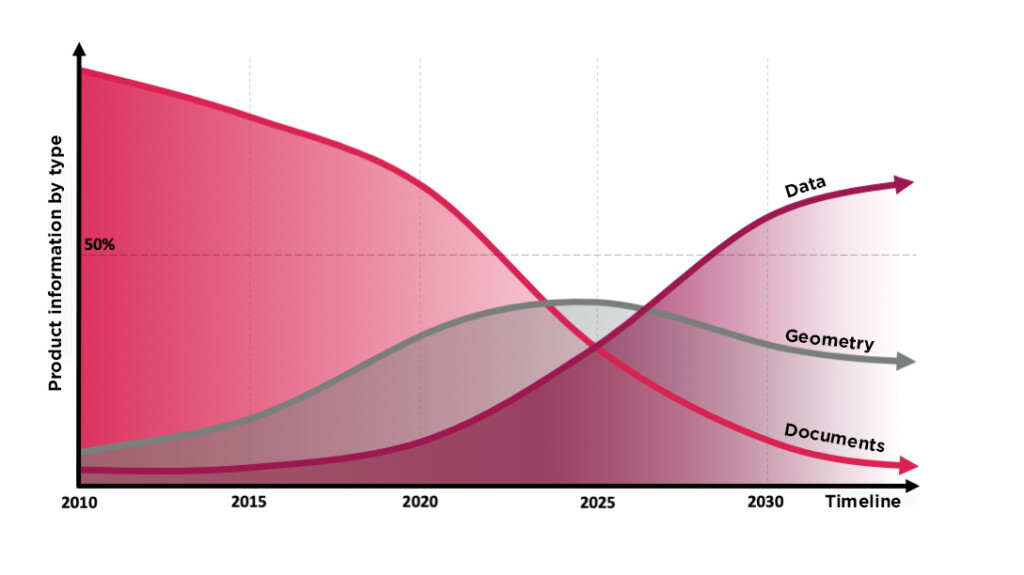In the previous article in this series we presented the international standards for information management using BIM, the EN ISO 19650 series. The language of the ISO 19650 series, like many other standards, can appear rather vague and unclear. In fact, the standards try to define in a very precise way how to define and fulfil the requirements for project information. At the same time, however, they use an open and neutral language. This is necessary for two reasons. First, the standard must be general enough to be applicable to as many types of projects as possible. It must be as relevant for the renovation of a hospital as it is for the construction of a new underground railway. Secondly, it cannot adopt internally national terminology that might be better understood by the construction industry. It is intended to clarify the standards by accompanying national directives and regulations.
The series at a glance
- Part 1: Basics of LOD
- Part 2: Features of the LOD specification
- Part 3: ISO 19650 for the BIM planing
- Part 4: From LOD to LOIN
- Part 5: Data templates as final puzzle piece for model-based work
LOIN
ISO 19650-1 introduces the term Level of Information Need or LOIN to define information services. LOIN is not a simple replacement for the LOD concept. The LOIN is intended for clients who define their information needs for project management. Within the LOIN concept, various metrics can be used to measure the information to be delivered; in particular, geometry, alphanumeric data and documents for example, unstructured information such as plans, reports, photographs and so on. Alphanumeric information should be considered at least as important as geometry.
This inclusion of documents in the LOIN definition is quite useful. It recognises that unstructured data is one of the most important outputs of current projects, even BIM projects, and is likely to remain so for some time.
It should be noted that ISO 19650-1 uses a fairly general language applicable to projects with different levels of digital (BIM) maturity. The definition of LOIN in ISO 19650-1 is short and relatively general. It can be difficult to see how it can be applied to projects. For example, the specific metrics for measuring the degree of maturity of geometry or alphanumeric content are not defined in the LOIN concept e.g. metrics comparable to LOD 100-400 levels. To complement this, LOIN will be further defined in new European standards in the EN 17412 series to be published later this year.
Trends in the provision of information
Traditionally, projects were largely based on documents, often printed and delivered by hand. With the transition to increasingly digital working methods, documents are being made available in digital form and virtual models are being used more frequently. In the coming years, we will undoubtedly see a decline in the amount of documents delivered at project handover or already in use during operations. Geometric models will continue to grow in importance, but only to a limited extent. These models have changed the way we visualise and communicate project conditions. However, geometry is only a placeholder for information. The real growth area will be in the alphanumeric content of information models, the structured, machine-readable data.
In the coming years, owners will continue to request documents, models and other data sources. However, as shown below, alphanumeric data will be the most important, followed by geometric models and supporting documentation.
LOD and LOIN
In summary, where LOD is specifically designed for model-based work, the LOIN concept attempts to capture the project information specification in the broadest sense. The concept is relevant for projects at different levels of the digital tyre level.
Currently, the term LOIN is rarely used. LOD is certainly used more frequently in practice. However, this will change when the LOIN definition is extended in the forthcoming EN standards and ISO 19650 standards are applied more widely to projects. It is expected that the ISO and EN-LOIN definitions will be complemented by national standards defining specific metrics for measuring the geometric maturity and alphanumeric content of information models.
Whether the LOD or LOIN concept is used, there can be no doubt that alphanumeric content will play a leading role in the specification, creation, delivery and validation of project information. Much of the content we currently convey in documents such as product specifications and maintenance manuals will in future be embedded in virtual objects. The content of object data and the digitisation of product data will be covered in our next article on data templates.

Mark Baldwin
Author and BIM expert, Managing Director of Digital Insights GmbH and co-director of the Digital Construction course at the Lucerne University of Applied Sciences and Arts.
